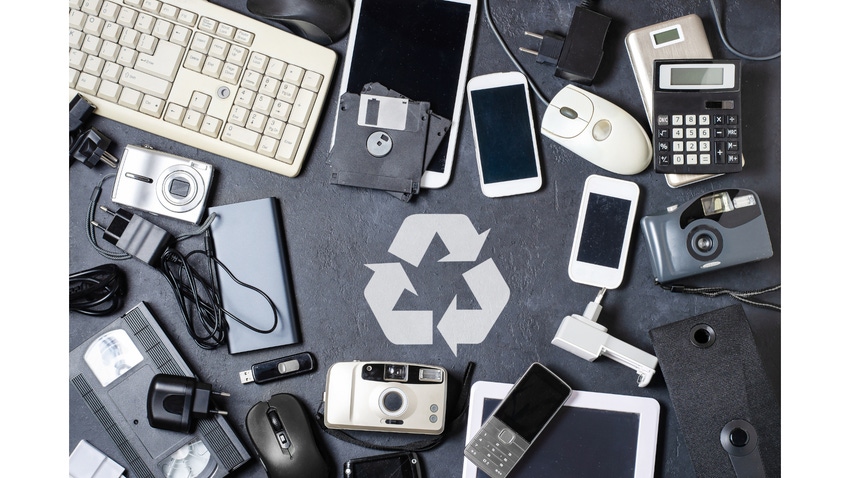Which Materials Are Considered “Green” for Electronics
The electronics industry is steadily moving towards greater sustainability, with the help of these types of materials.

The color green is often associated with St. Patrick’s Day. But in global manufacturing, green is the codeword for companies gravitating to using materials that are more environmentally sustainable, as well as adopting manufacturing processes that limit the use of environmentally-harmful chemicals and recycle other liquids and gases.
Solder as well as protective coatings, plastics, paints, are just some of the materials that when recycled or discarded, find their way back into the environment and can be a potential hazard. With materials used in electronics components and assemblies, manufacturers have had to balance environmental concerns with realities such as part performance, thermal issues, and cost.
Bioplastics: These materials, derived from renewable sources such as corn starch, sugarcane, or cellulose, can replace conventional plastics in electronic casings and packaging.
Plant-based materials: Materials derived from plants, such as soy-based inks for printing circuit boards or bio-based resins for coatings, can displace petroleum-based materials.
Aluminum: On top of its unparalleled recyclability, aluminum is lightweight with incredible strength. The tensile strength of pure aluminum is around 90 MPa, which can be increased to over 690 MPa in some alloys. In addition, pure aluminum also has an electrical conductivity of about 38 million S/m,.
Borosilicate Glass: While the materials are the same as regular glass, their different compositions produce less waste.
Graphene: This material, being increasingly considered, provides high electron mobility that is faster than silicon, high thermal conductivity, good electrical conductivity,, and low light absorption. Graphene can be used in electronics applications from faster transistors and bendable phones to improved touch screens and advanced circuitry for computers.
Iron Alloy: The list of environmentally-friendly materials for electronics also includes iron, due to its recycling properties. It is considered much more “green” than other heavy metals.
Sustainable Wood: Wood from responsibly managed forests or reclaimed wood can be used in electronic devices, providing a renewable and biodegradable alternative to plastics and metals.
Recycled Glass: Glass can be recycled indefinitely without losing quality, making it a sustainable material for electronic screens, lenses, and other components.
Recycled Plastics: Using recycled plastics reduces the demand for new plastic production, which helps to conserve resources and reduce waste.
About the Author(s)
You May Also Like





